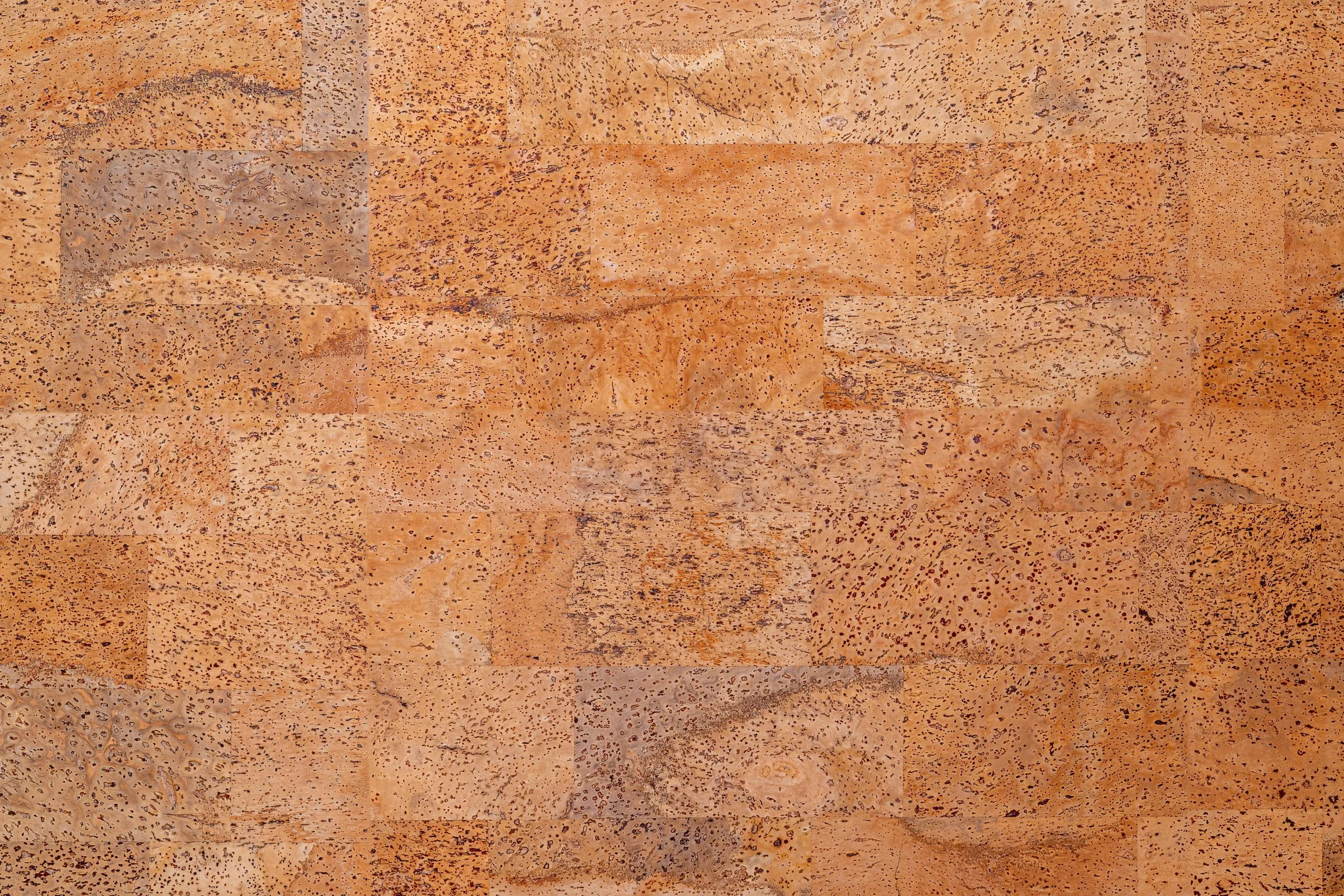Cork’s Natural Allure: Cork In Sustainable Interior Design + Architecture
This blog post contains affiliate links. For more information please visit our disclaimer page.
Cork is not just for sealing wine or pinning up your to-do lists, anymore!
In today’s world of design, it has become a popular choice for an interior material. It has unique properties and aesthetic appeal fit for most projects, especially those shooting for zero emission. Application take shape in many ways. It’s a versatility and material advantage can revolutionize the future of design.
Sustainably Sourced
One of the most notable advantages of cork is its eco-friendliness and sustainability. Harvesting cork does not require cutting down trees. Instead, the bark is carefully stripped from mature cork oak trees. After sourcing it continues absorbing carbon dioxide from the atmosphere. This renewable harvesting process, can occur every 9-12 years without affecting a tree’s life cycle.
Moreover, cork production involves minimal waste. The leftover cork remnants from manufacturing are reused to create other products, such as bulletin boards and insulation materials. This complete utilization ensures that almost no part of the cork goes to waste.
Application + Benefits
Despite the material being lightweight it is highly durabile and resilient to high pressures, impact, and temperatures. It holds it’s original shape, even after being compressed. This resilient nature makes cork an ideal choice for flooring or furniture, as it can withstand heavy foot traffic without suffering permanent damage. Some applications seen recently include children’s play spaces and offices.
Furthermore, cork could be used in exhibition design, whether indoors or out. Cork is resistant to moisture, mold, and mildew. Its natural composition contains a waxy substance called suberin, which acts as a protective barrier from water damage. This property makes cork flooring an excellent option for bathrooms or kitchens or locker rooms.
Apart from its resilience, cork boasts exceptional acoustic and thermal insulation properties. The unique cellular structure of cork makes it an effective sound absorber, reducing noise transmission and reverberation in a room. Its natural composition includes air-filled pockets that enable the material to act as a barrier against heat loss or gain. This feature brings energy efficiency to interiors, keeping rooms cool in the summer and warm in the winter. By embracing cork as an insulating material, designers can enhance the comfort of living and working environments. Many projects featuring cork office spaces and schools to maintain acoustical control.
Cork has many benefits to change how we think about sustainable design. From flooring to furniture- how could you incorporate cork into your projects?
Here are some articles to further your knowledge about cork and its applications:
If there are materials or topics you want to see highlighted in our Sustainability Spotlight column- reach out to us here!






